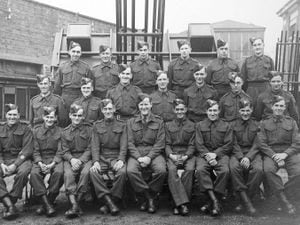Author has barnstorming look into region’s heritage
Want to know where your taxes go to? One place you probably wouldn't think of looking is a barn.
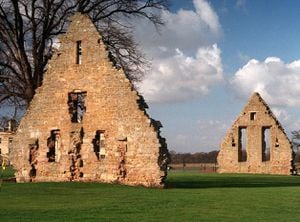
But in the old days some barns were in effect purpose-built tax collection centres. And now tithe barns are being put under the spotlight by West Midlands author Joseph Rogers.
His new book highlights the surviving examples of this part of Britain's heritage and demonstrates how they have found new roles, including as wedding venues, restaurants, and family homes.
Not that any old barn is, or was, a tithe barn.
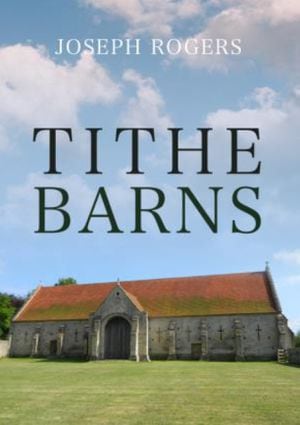
"During much of Britain's past, the concept we today know as tax was sourced by the unifying authority of the Church," says Mr Rogers.
"With much of Britain's population working in agriculture, it was often this that formed the basis for the 'tithe' – a tax consisting of one-tenth of a farmer's yield."
The stuff had to be kept somewhere, and so large hollow structures of stone and timber, known as tithe barns, were built.
In the 1830s the system moved towards paying tithes in cash, rather than goods, and he says it was not until 1966 that the tithe system in England officially ended.
While Mr Rogers says it is reasonable to assume that most parishes would have needed a tithe barn, it seems that the largest towns and cities have entirely destroyed all evidence of them.
So hunting for genuine medieval tithe-specific barns is quite an undertaking, and in the industrialised Black Country, probably a bit forlorn.
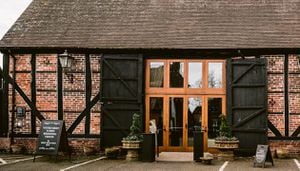
"Here, tithes were effectively phased out during the 18th century as much of the land previously used for farming was dug up, made barren and industrialised to make way for coal mines. This had quite an impact on those entitled to tithes," says Mr Rogers.
"It is not surprising to see that remaining tithe barns in this part of the Midlands are hard to come by. In fact, they're arguably non-existent."
It's a better picture in Shropshire, where he picks out several examples, and says that perhaps the most important medieval barn in the county and, some would say, the whole country, is the ruin at the site of Acton Burnell Castle.
Only the gable ends still stand. It is not famous however for being a tithe barn, but for being the venue for what is said to have been the first meeting of parliament in England, in 1283. He is surprised not more is made of this.
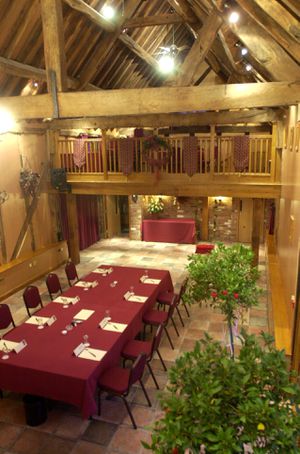
"References outside of Shropshire to England's first convening of parliament are surprisingly modest," he says.
An example of a tithe barn still in action is at the Hundred House Hotel at Norton, on the A442 between Telford and Bridgnorth. Dating from the 17th century, it is an award-winning wedding venue which uses the barn's original timbers and footprint.
It is thought, he says, that it was built to replace the nearby 15th century courthouse barn – this is the black and white thatched barn which is familiar to passing motorists as it stands on the road.
And Joseph says the hotel itself is a fine building.
"Collectively, all three buildings create a setting spanning up to 500 years of history, which is perhaps why the tithe barn was voted Best Wedding Venue in the West Midlands in both 2018 and 2019."
Mr Rogers had careers in manufacturing, pharmacy, and tourism before becoming a writer, mainly focussing on travel.
Tithe Barns is published by Amberley and is 96 pages, and costs £15.99.





